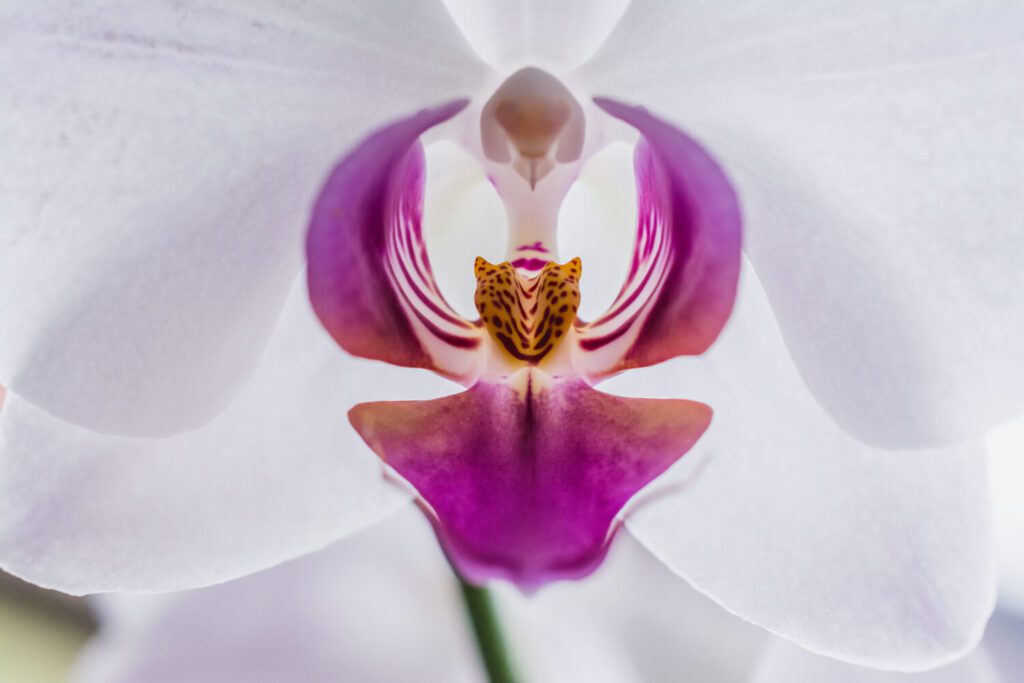
This simple gadget makes it easier to keep track of your orchids annual growth cycles. With the first day of Autumn occurring this week, we thought it is timely to reprint his explanation of how to use the gadget.
Orchids have a life cycle. The key to understanding the annual life cycle of a plant, and knowing how to react to it, can be described visually as a clock.
Orchid growers know their plants will produce flowers at a certain time of year, and will develop new leaves and rhizomes at another. By diagramming these on a clock face, we can better react to the needs of the plant in terms of fertilization, watering, etc.
Every species of orchid is different. Some orchids bloom in May and June, others bloom in time for certain holidays. Some have blossoms that continue for only a few days, while others continue for months. Also, accurate timing can depend on a number of factors, including the region of the world in which the plant lives.
This orchid clock should be copied for each species that you have. Here’s how to chart a time cycle chart for every species in your collection. Begin by putting an arrow, pointing clockwise, at the time of year as a new inflorescence appears, and another arrow, pointing counterclockwise as the blooms gradually disappear. Put both arrows in the ring written “Inflorescence Growth.” Repeat this for the leaf growth ring and the root growth ring.
By seeing the times of the year when each of the important growth patterns happen, now, we can plan to fertilize our plants in a timely fashion. To better imagine the fertilization patterns, I use three different colors of highlighter marker pens: green for growth, yellow for blooms and pink for roots.
Start the highlighted area of the ring two–four weeks before the beginning and continuing it to nearly the end of the particular growth pattern. (There may be some overlap in ring colors.)
Fertilizers are recognized with three numbers, which I refer to as “Shoots,” “Fruits” an element required for plant growth. The second number is phosphate (P2O5), a chemical shown to increase producing flower (and fruit). The third is potash (K2O), a chemical required for root growth, overall plant health and physical strength.
During the “green” time of year, I advise a fertilizer that is 20-10-10. During the “yellow” time of year, take consideration of a 10-20-10 fertilizer. The “pink” season requires a 20-20-20 fertilizer. Any similar fertilizer formulas should be enough. The last ring — named “Rest Period” — is when your plant needs to rest and summon its strength for the next year’s growth. During Rest Period, fertilize and water only a little.
By looking at your orchid clock (and a calendar) now, you can see without any problems or difficulty that what kind of fertilizer each species of orchid in your collection requires. The colors of the highlighter pens were selected because they are similar to the color of the fertilizer I use.
